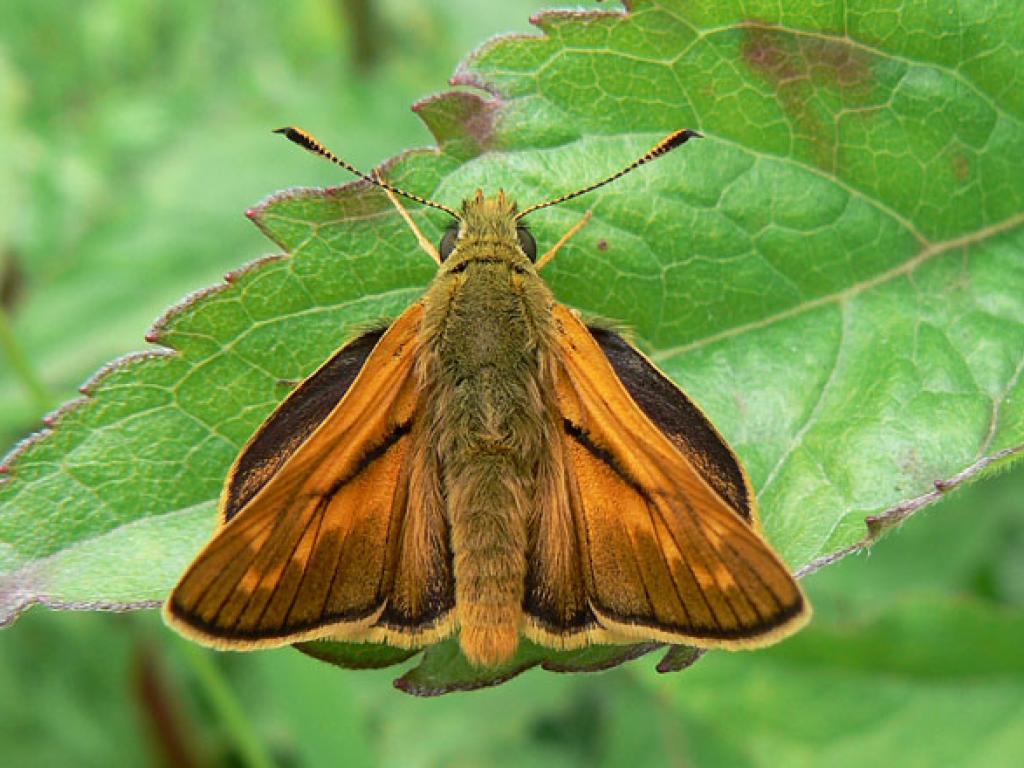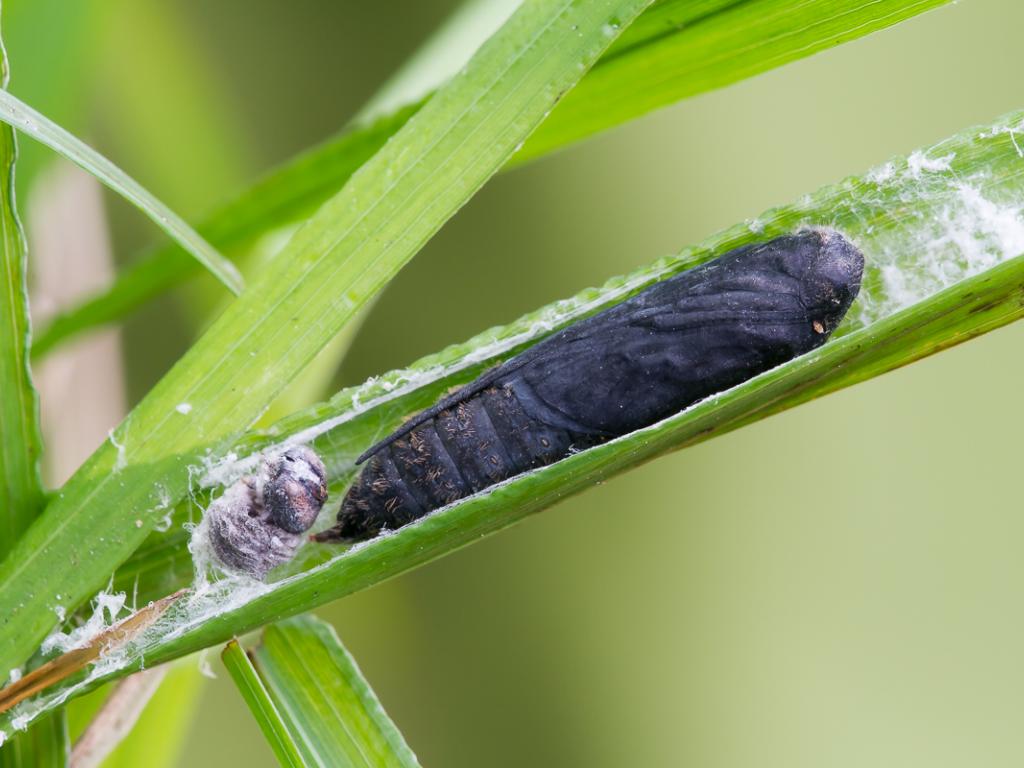Description
male large skippers are most often found perching in a prominent, sunny position, usually on a large leaf at a boundary between taller and shorter vegetation, awaiting passing females. females are less conspicuous, though both sexes may be seen feeding on flowers, bramble being a favourite. males have a thick black line through the centre of fore-wing. undersides have faint orange spots unlike the bright silver spots in silver-spotted skipper. the presence of a faint chequered pattern on both sides of the wings distinguishes this species from the similar small and essex skippers, which fly at the same time. the large skipper is widespread in southern britain and its range has extended northwards in north-east england since the 1960s.
Habitat
This butterfly favours grassy areas, where foodplants grow in sheltered, often damp, situations and remain tall and uncut. It is found in a wide variety of habitats where there are shrubs, tall herbs, and grasses, for example; woodland rides and clearings, pastures, roadside verges, hedgerows, and wet heathland.
Countries
Countries: England, Scotland and Wales.
Wing span range
0mm













